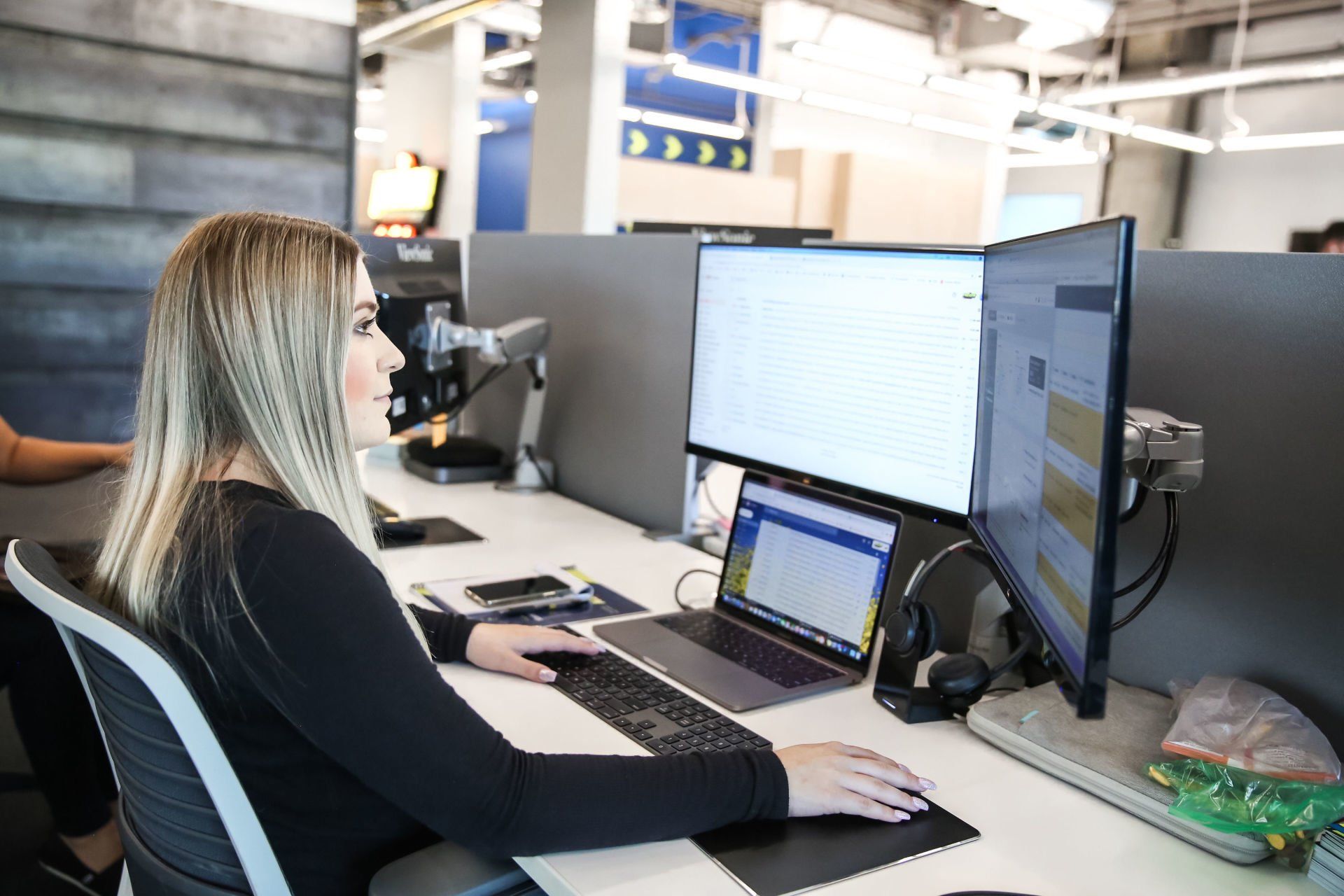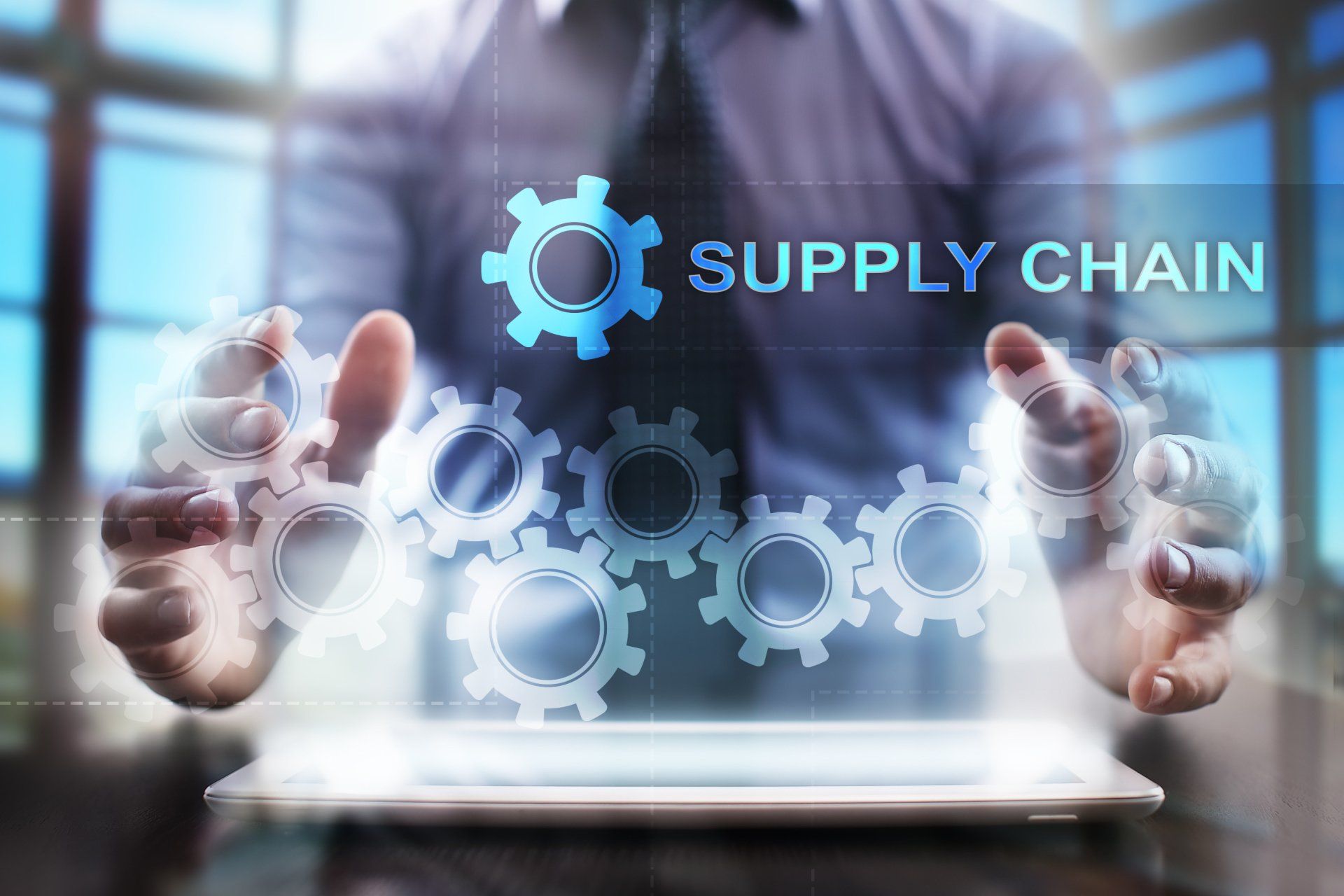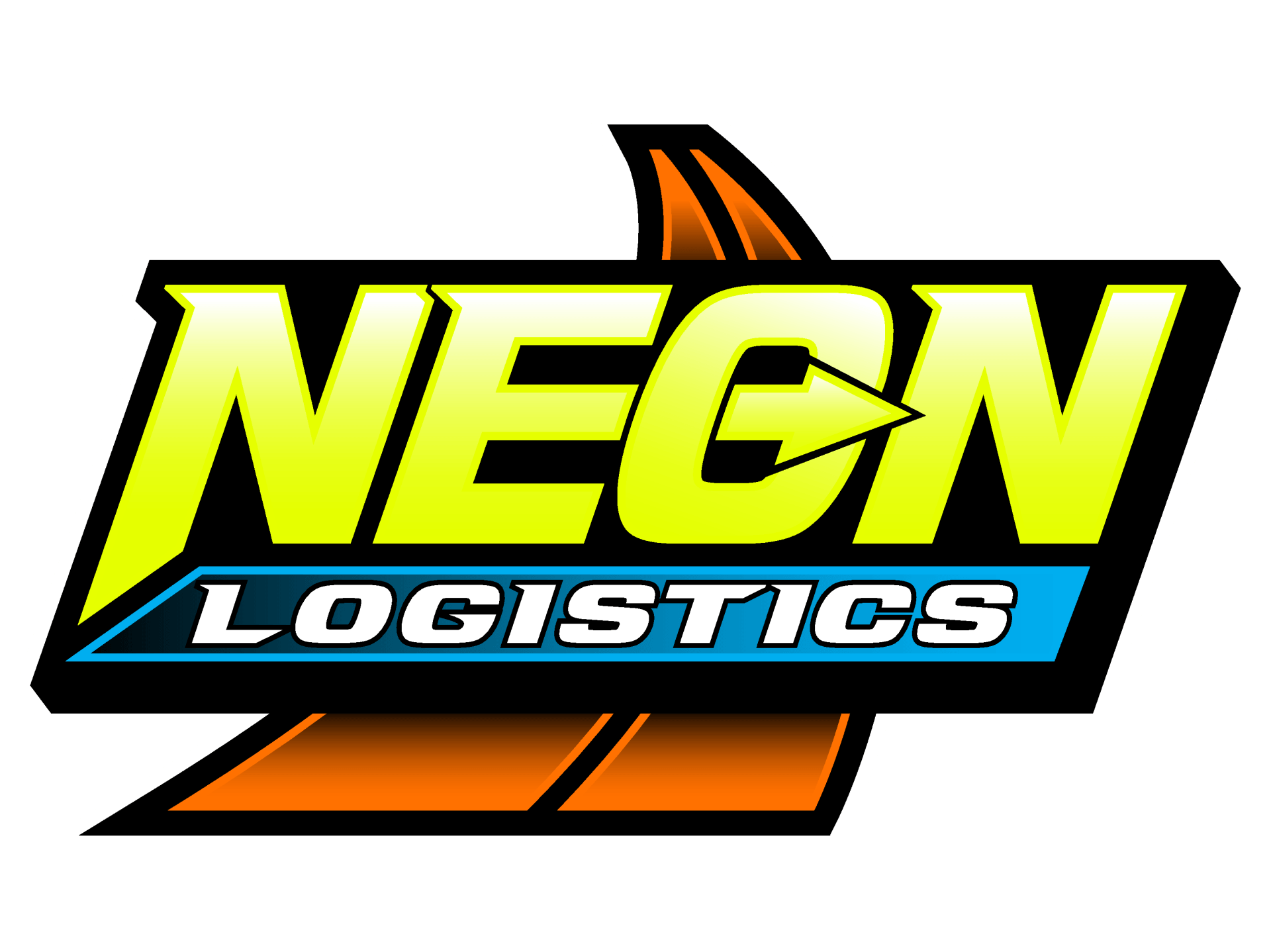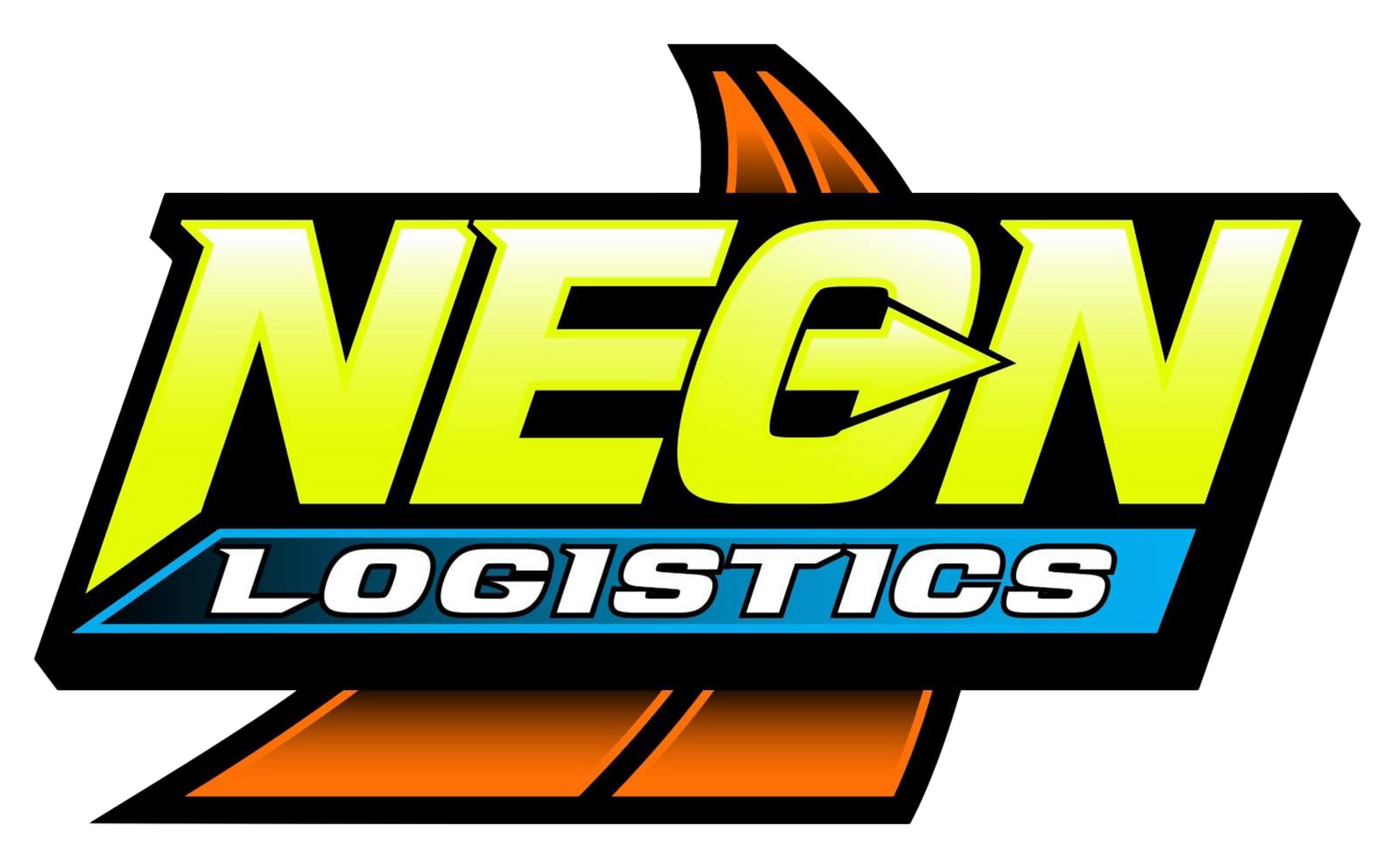The 2019 Trucking Apocalypse: Why are trucking companies dropping like flies this year?
Judson Covert • September 29, 2019
Falcon Transport, New England Motor Freight, LME, HVH. These are just a few of the many trucking companies that have closed their doors in 2019 after decades of service. Drivers being stranded because their fuel cards had been turned off. Dispatchers not answering drivers calls. Customers with product stuck on the road and driver’s abandoning fully loaded trucks. These occurrences are becoming oh so familiar. But tons of companies shut their doors everyday. Why should a few trucking companies going belly up raise any red flags? Well let’s take a look at a few of these companies and compare.
Falcon Transport was a flatbed trucking company founded in 1913 in Youngstown, Ohio. In September 2017, they were acquired by a private equity firm, CounterPoint. Falcon Transport closed their doors in April 2019. They had an estimated 723 trucks and over 600 employees at the time of their closure.
HVH was a trucking company founded in 1956 in Denver, Colorado. In October 2012, they were acquired by a private equity firm, HCI Equity Partners. HVH closed their doors in August 2019. They had an estimated 344 trucks.
Noticing a pattern…?
Private equity firms acquiring trucking companies has long been a trend. The idea behind any acquisition by a private equity firm is to get a return on investment (ROI). However, private equity firms often do not want to wait for their returns to be generated organically. The firm will begin to force the trucking company deep into debt by using cash flow to fund the firm's ROI in the form of various fees. The transportation industry is not the only industry affected by private equity firms gutting companies before closing their doors. Toys R’ Us is another case of a long standing business that was acquired by a private equity company, loaded with debt and closed after filing for bankruptcy.
2018 was a wild year for transportation. We saw record demands for capacity and in turn we also saw record numbers of trucks enter the market. Trucking companies were pressed to grow their fleets due to the demand from their customers. Truckload rates were drastically changing overnight due to the tightening of capacity. Trucking companies, freight forwarders, third-party logistics (3PL) companies all benefited from the 2018 increase in rates and demand. This resulted in an overcorrection in regards to capacity in the market. More trucks were bought and more assets were out on the road.
The constant demand for capacity in 2018 instilled a false confidence in most of the industry. However, 2019 has been a forgettable year with lower contracted volume and cheaper rates. Most companies are built to sustain the ebbs and flows of the market. However, the companies that have leveraged themselves to the max find themselves losing money after expenses.
The trucking companies that were acquired by private equity firms are operating at much slimmer margins because of the debt that the private equity firm has created. If the operating ratio of these trucking companies rises above 100 for an extended period of time, private equity firms are faced with the choice to shut down all operations for the company or continue to lose money. Being that private equity investments are strictly financial decisions, losing money is not an option.
Some of these trucking companies have been around for over a century and have deep rooted generational and community impacts. Business owners and decision makers who work in supply chain or transportation should investigate the health, infrastructure and values of the companies they choose to partner with.
"Business owners and decision makers who work in supply chain or transportation should investigate the health, infrastructure and values of the companies they choose to partner with."

Technological disruption. This is something that has affected almost every industry. Both software and hardware are developing at an exponential rate. Each year brings incredible advances that surpass expectations of users. Almost every company with a C-suite includes a Chief Technology Officer (CTO). Some may even double down with a Chief Innovation Officer (CIO). The responsibility of these high powered C-level executives is to guide their respective companies further into the digital age, ensuring they are not left behind. Although sluggish to adopt technology at one time, the race to have the best technology in the transportation industry has now developed into an all-out sprint. Whether you are a smaller boutique brokerage or a multi-modal asset giant, everyone seems to be afraid of becoming the Blockbuster or Kodak of the freight industry. This type of fragmentation has left hundreds, if not thousands of logistics service providers and supply chain managers pushing for the same thing: getting users to adopt their technology. These apps could increase efficiencies and prove positively impactful to all parties involved. A good share of new freight tech is focused on automating brokerage operations. These technologies are being pushed by many of the top freight brokerages in the nation. However, many believe that these automations will result in a degradation of service due to the lack of cognitive thinking behind problem resolution when it arrises. Freight tech should not be created to replace people. Majority of the problems we have to solve in this industry do not have easily identifiable solutions. The technology adopted by the transportation industry should help the people behind them work more efficiently. It is easy to be blinded by the gimmicks and widgets, but focus more on impact of technology on your daily workflow. One of the biggest obstacles hindering these technologies growing to their full potential is adoption. Although these new technologies are incredibly useful and could eliminate many inefficiencies, they are useless without users. Given the borderline obsession with digitizing and automating many aspects of freight brokerage, hundreds of digitization and automation software options have flooded the market. Whether you are a driver, dispatcher, broker, supply chain manager or have any other role in the transportation and supply chain industry, you can be sure there is a software available that is right for you. Choosing the right technology could have a major impact on streamlining your workflow.

The Third-Party Logistics industry continues to grow exponentially. New technologies as well as changes in the way consumers purchase goods has fragmented the transportation industry further. This has paved the way for countless new logistics and tech start-ups. These new players range from smaller, more specialized boutique brokerages to tech giants that have their eyes set on big volumes. These newer players in the industry may all have the same end objective: move customer freight from point A to point B with as little disruption and deviation from plan as possible. However, these providers differ greatly in process and execution. Historically, a third-party logistics provider would receive a tender from a customer and begin the process of seeking coverage for their customer’s shipment. Numerous tools are used to obtain this coverage. Load boards can be used to search for trucks and post loads. Carrier relationships can be formed with agreed upon rates. Most transportation management systems (TMS) have historical data that can be used to generate a fair market price for the shipment. Negotiations and agreements have traditionally been conducted through telecommunication, email, or other manual forms of digital communication. The Uber Effect New technologies have evolved that streamline the process of assigning capacity to a load. These technologies use the driver’s electronic logging device (ELD) or cell phone to pinpoint key metrics and match them with a shipper that has shipping needs nearby and terms are negotiated through the app autonomously. The success of this model depends heavily on the amount of trucks signed-in on the app and the industry in which it is implemented. This has translated to numerous start-ups with a carrier-first mentality. These companies that rely on large amounts of capacity to be dumped into their marketplace are inclined to satisfy the drivers to ensure the success of their plan. This is a shift in focus from the historical “customer-first” mentality. These tools can assist in greatly reducing labor costs and streamline load assignment efficiency. Additionally, decision makers can feel more comfortable with real time visibility on their shipments. There are, however, costs to this “carrier-first” model. Transportation comes with no guarantees. Trucks breakdown. Drivers get stuck on previous loads. Freight could be damaged in transit. Numerous different factors can affect the transit of a shipment. When unpreventable issues occur, no automation can compete with the decision making abilities that a seasoned logistics specialist can make to ensure that the customer's best interest comes first. With e-commerce driving faster deliveries, these mistakes could be compounded with automation. Decision makers who are handcuffed by time sensitive shipments or big box companies who implement must-arrive-by-dates (MABDs) should consider using a logistics partner who is customer centric and provides high-levels of touches to ensure they uphold the service level agreements (SLAs) they have in place with their customers.

In today’s volatile supply chain industry, the only constant seems to be the need to get a product from point A to point B. However, each year we see changes in not just the demand for this product but the method of delivery as well. Amazon has revolutionized e-commerce and the way consumers order and expect delivery of virtually any product. The demand for expedited delivery is only going to increase as we head into the 2020s. Whether you’re slammed at the office and need food delivered or you forgot to order a present before a party and need an item for same day delivery. Market experts have already predicted that retail companies will not likely survive if they do not offer same-day delivery services by the end of 2020. The reasoning behind this shift is not due to a few market-changing apps, or a service that is taking over an entire industry. The change has come from generational shifts that are far more widespread. Generation Z describes anyone that was born between 1995 - 2010. The end year is widely debated. What is not debatable is the sheer size of this generation. GenZ’s population is bigger than the Baby Boomers, Gen X and Millennials. But the most interesting and widely studied characteristic of Generation Z is that they are the first generation to grow up with technology. This generation has never known a world without the internet. Without social media, cell phones, texting, email, WhatsApp, Telegram, Google hangouts, etc. With the current ages ranging from 9-25, GenZ is quickly starting to dominate the consumer market. This generation is all about instant gratification. Studies have shown that both GenZ and Millennials are willing to pay upwards of 30% extra to have a product or service expedited. This generation views these services as necessities rather than luxuries. This need for on-demand product has brought about one of the biggest changes in the transportation industry since NAFTA was signed in the mid-1990s. Companies are attempting to provide the type of on-demand convenience that their new customers expect but it is not easy. Data analytics and market trends have played a huge part in companies improving their supply chains but perhaps the most intriguing model to be born from these new generations is the hyperlocal delivery model. Since the conception of food delivery apps like Doordash, Postmates, and Uber eats developers have doubled down with marketplaces like Instacart, Drizly, and Shipt. You will not likely be able to find a product in your home that is not sold on one of these new marketplaces, whether it be fresh produce, household and beauty products, even tools. All offering 1-2hr delivery options. The success of these type of specific niches is only further proof that our future decision makers want one thing: convenience.

Third-Party Logistics (3PL) firms can provide enormous value to growing businesses. However, choosing the right 3PL to partner with can prove difficult. There are a number of factors that come into play when choosing which provider works best for your supply chain network. Let’s look into how to choose and maintain the best provider list for your transportation needs. Define your need. Having a defined transportation need can help narrow your search for the best provider and cut costs. Answering the questions below should help begin to mold your specific transportation needs. How am I currently managing fulfillment to my customers and where could that improve? What equipment does my product require for transportation (dryvan, flatbed, reefer, LTL, specialized)? Who are my end customers? Where are they located? What are their expectations? Who are my suppliers? Where are they located? Do I need expedited or rush services to get my product to the customer ASAP or is a lower rate of more importance? Ask questions and listen. While prospecting potential 3PL providers, ask questions. You should want to know about their processes and how they are different from other providers. Make sure they have the necessary resources to scale if needed. Dont put all your eggs in one basket. Diversify your 3PL provider list. There are numerous reasons to partner with more than a single provider. Although a good 3PL should be able to scale to fit your needs whether that is a rapid growth phase, seasonality, or just linear growth, having only 1 provider puts you at the mercy of that providers availability and rates. Scalability of your supply chain should be a top priority and partnering with multiple 3PL providers increases your ability to scale. Find a provider that can adapt. If you plan to scale, adaptability is extremely important. 3PL providers should have the resources and knowledge to adapt and integrate with your supply chain. For instance, you may benefit from opening a new warehouse across the country or maybe you switch suppliers and begin outsourcing your manufacturing overseas. A strong 3PL should be able to provide management and support as your needs change. Ensure your provider's Technology is aligned with your specific needs. The transportation industry has long been sluggish to adopt new technology. However, the industry is now beginning to realize that new freight technology can provide much better visibility and analytics into supply chain networks. Over the past few years, companies are competing to be at the forefront of freight-tech to offer their customers the highest level of customer service. Many providers might mask their technological shortcomings, stating that freight-tech offered by other providers is a gimmick to mark up rates. Determine the value of having a provider with better technology. Don’t hesitate to request a demonstration of the provider’s technology. Create loyalty, accountability, and lasting relationships. Once you have established your 3PL roster, continue to hold these providers accountable and challenge them to be better. Show your best providers loyalty and do not hesitate to explore new providers to replace poor performers. No matter what technological advances are seen in the transportation industry, majority of freight will continue to need human communication and interaction for the foreseeable future. For companies with small to midsize transportation needs, creating a lasting professional partnership based on trust and communication is probably the most important quality to look for in a Third-Party Logistics provider.

Increase in Supply Chain Related Costs Healthy growth can be an exciting time for a company. Many companies are not able to realize the full effect that growth can have on their current supply chain structure. Increased sales translates into increased shipping costs. For companies that have yet to explore their options, these shipping costs may become overwhelming. 3PL providers use sophisticated and expensive planning and execution software programs that allow for maximum efficiency within the supply chain. Using a diverse network of industry partners, strong 3PL firms can accommodate most growth plans and provide cost savings to companies of almost any size and scalability. Increase in Shipment Delays and/or Inaccuracies A common challenge for growing businesses is the ability to scale with minimal disruptions to the service your customers have come to expect. Some questions business owners should ask themselves are: Have you had customer complaints due to late deliveries? Have you experienced any inaccuracies in the transportation or fulfillment of your product? These are just a few of the red-flags that should send business owners exploring the benefits of 3PL services. Overworked Employees Finding good talent is difficult. Retaining good talent is even more difficult. In fact, according to Monster’s 2018 State of Recruiting survey, 67% of recruiters say it is harder than ever to find talent. That being said, company culture and employee satisfaction is very much in the spotlight. With two new generations, millennials and GenZ, entering the job market, employee expectations will continue to grow rapidly. This creates a challenge for scaling companies. Companies primed for a rapid growth tend to rely on employees being "utility players" or "Jacks of all trades". Employees may begin to feel the stresses of an increased work load. Overworked or overwhelmed talent is more likely to leave for better culture and work environment. Allowing a 3PL firm to construct or assist in the outsourcing of certain aspects in your supply chain network (i.e. warehousing, inventory management, transportation management, final mile, etc.) will decrease workload among current employees, increase accuracy within your supply chain network, and may ease your never-ending hunt for good talent. Scaling in Size Scaling can be scary for a company. Especially when it comes to inventory. Where do I store my product? How can I minimize the amount of product I need on hand? How do I transport my product in and out of the warehouse while having visibility throughout the process? A 3PL can provide warehouse management solutions that optimize inventory, provide visibility and lower costs. A good 3PL firm can provide the best plan to scale healthily, minimize supply chain disruptions, and reduce supply chain related costs while providing complete visibility of your entire supply chain network throughout these processes.

